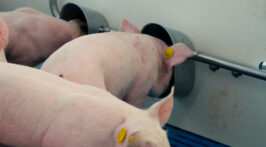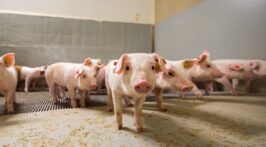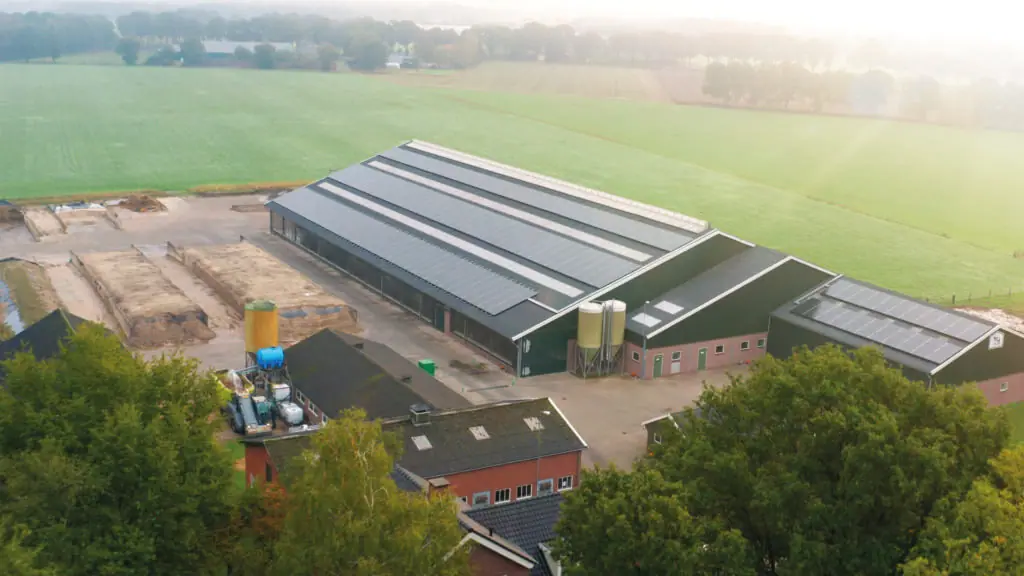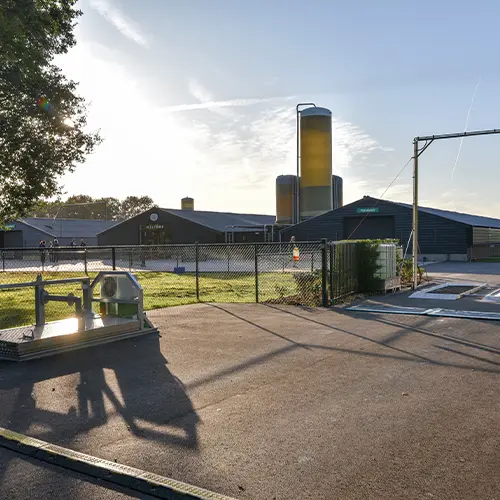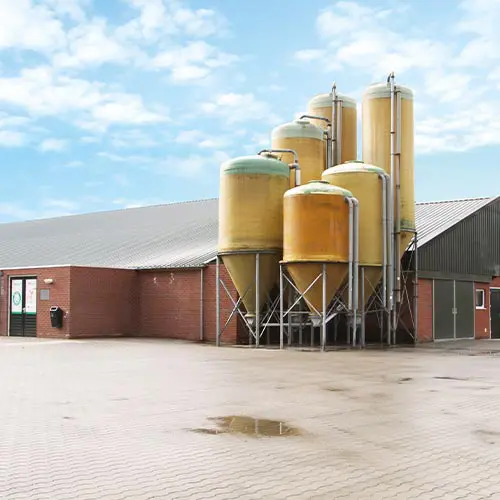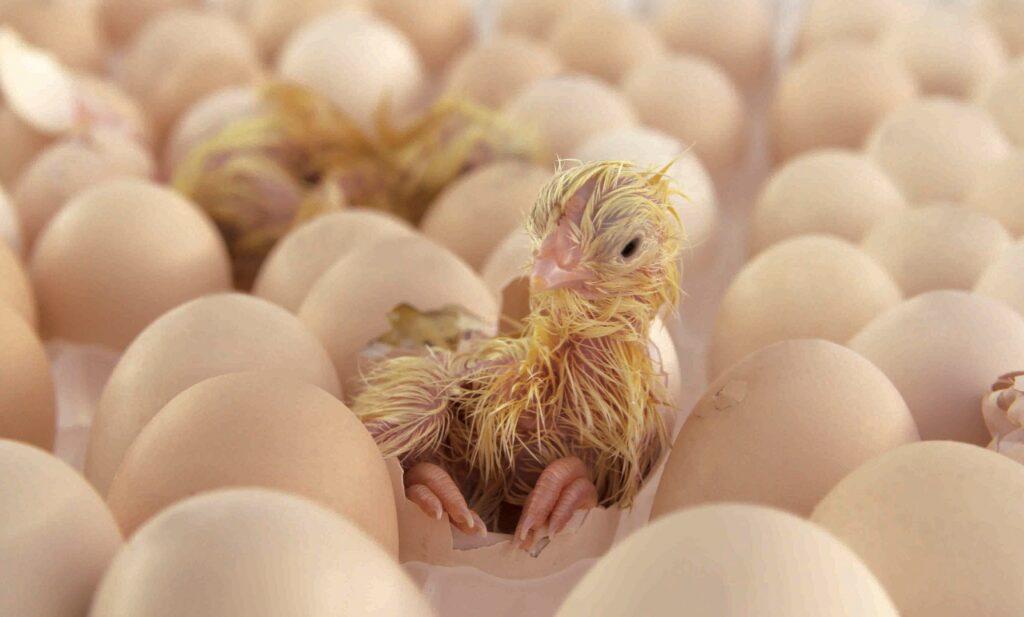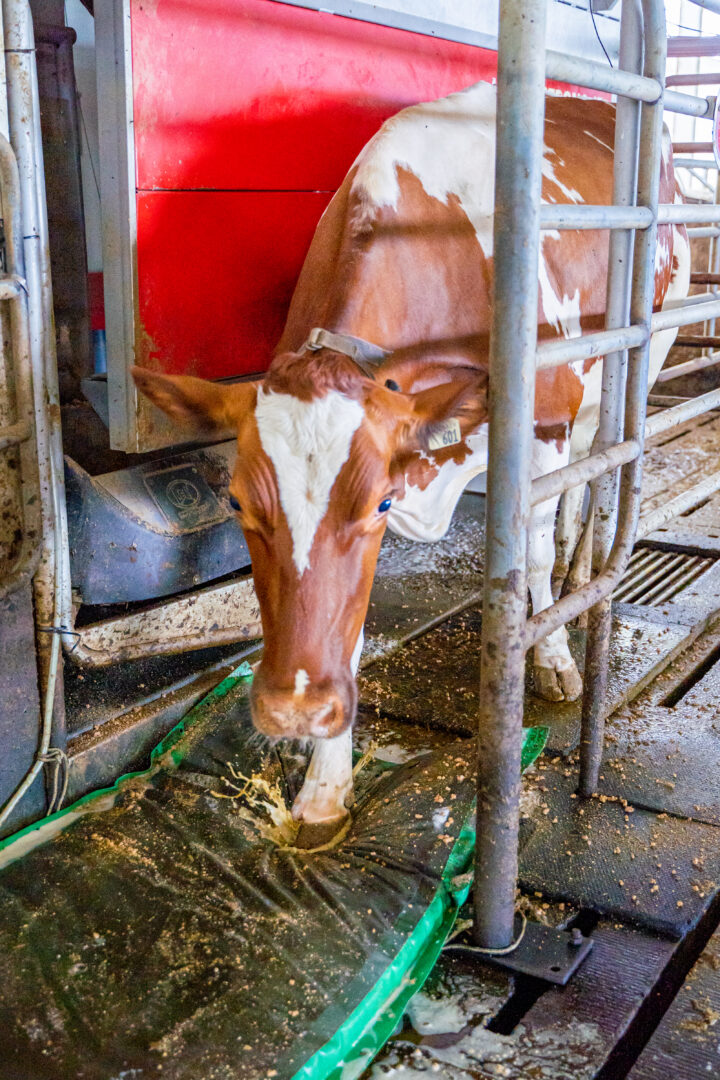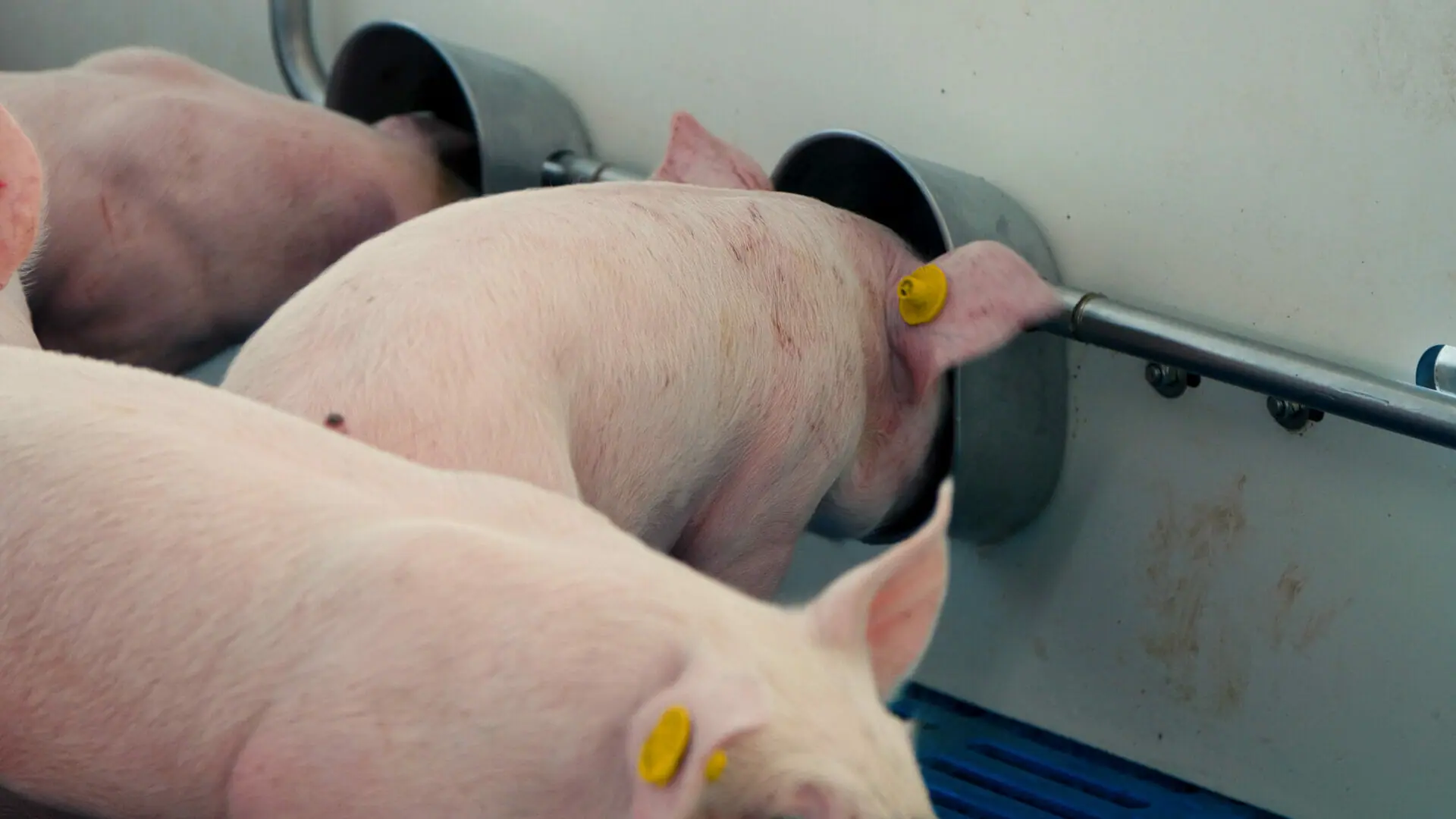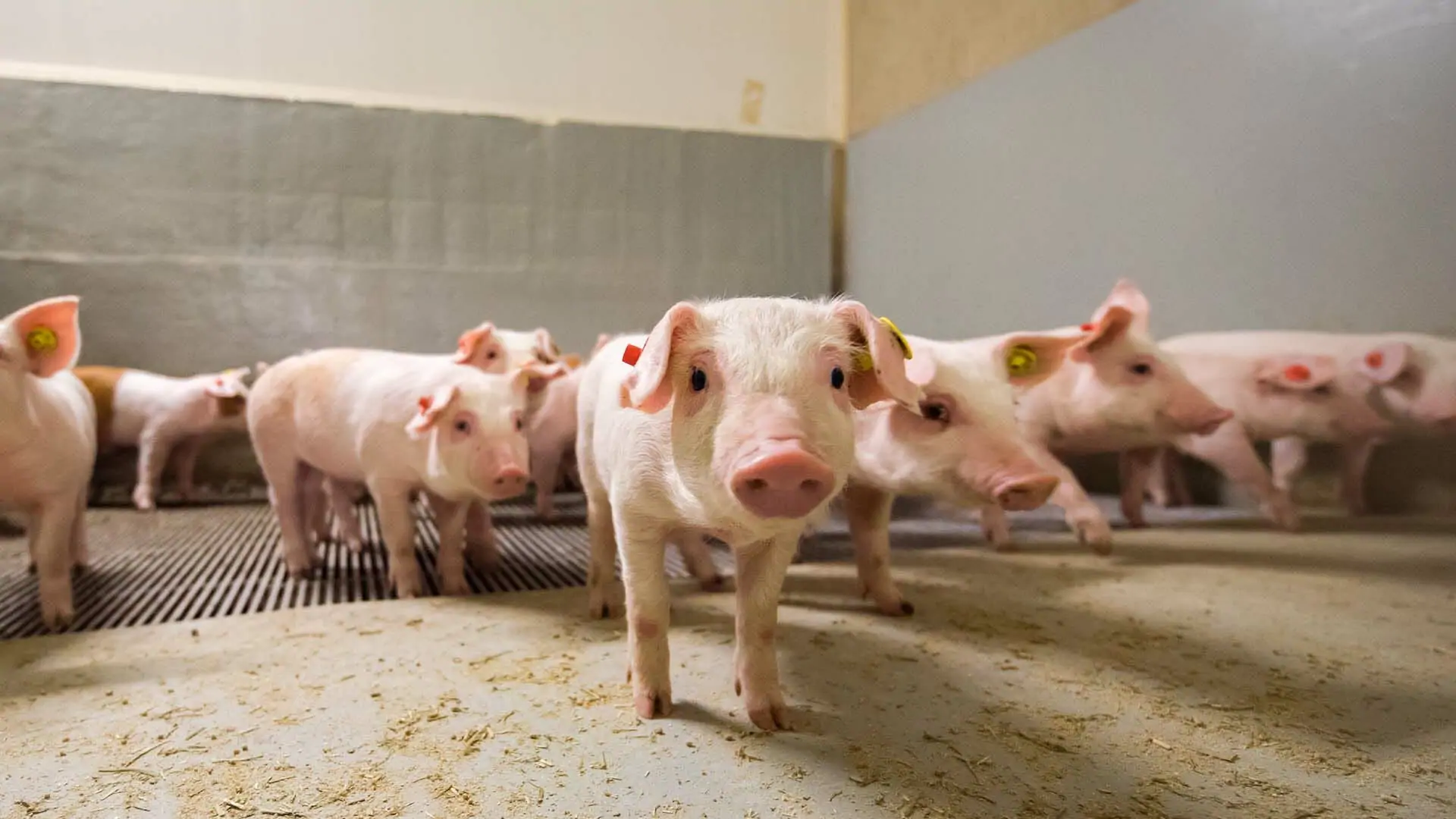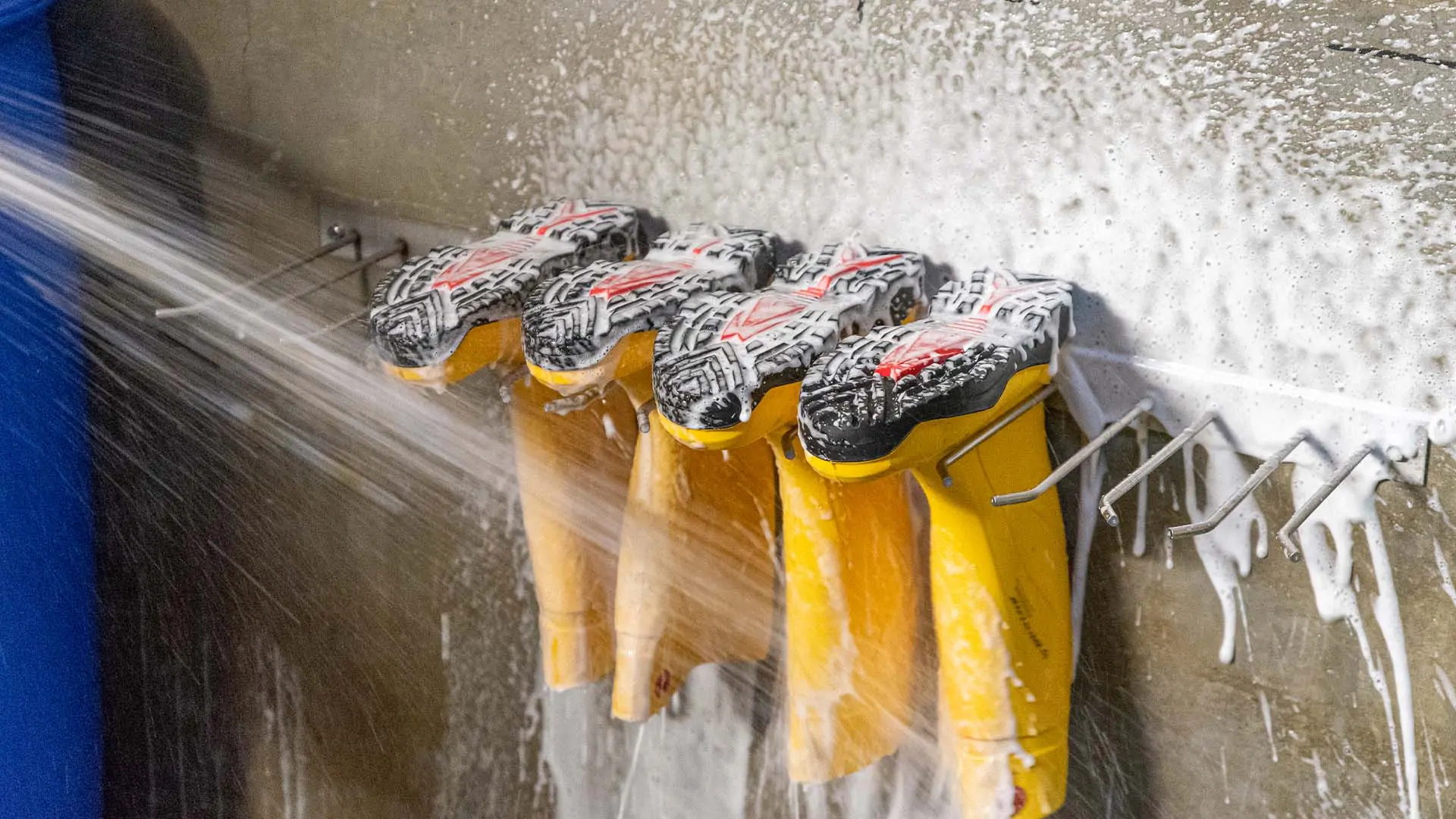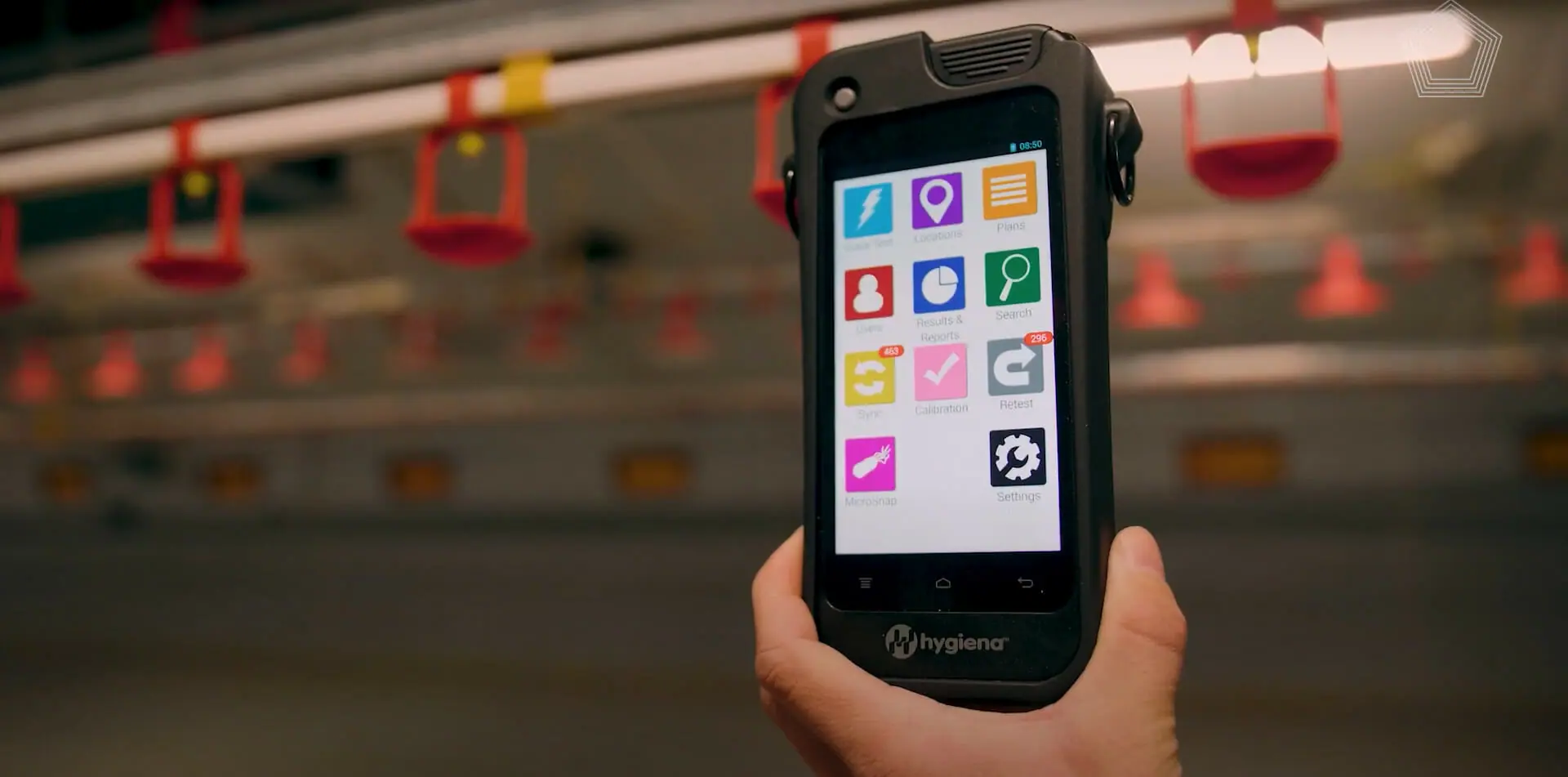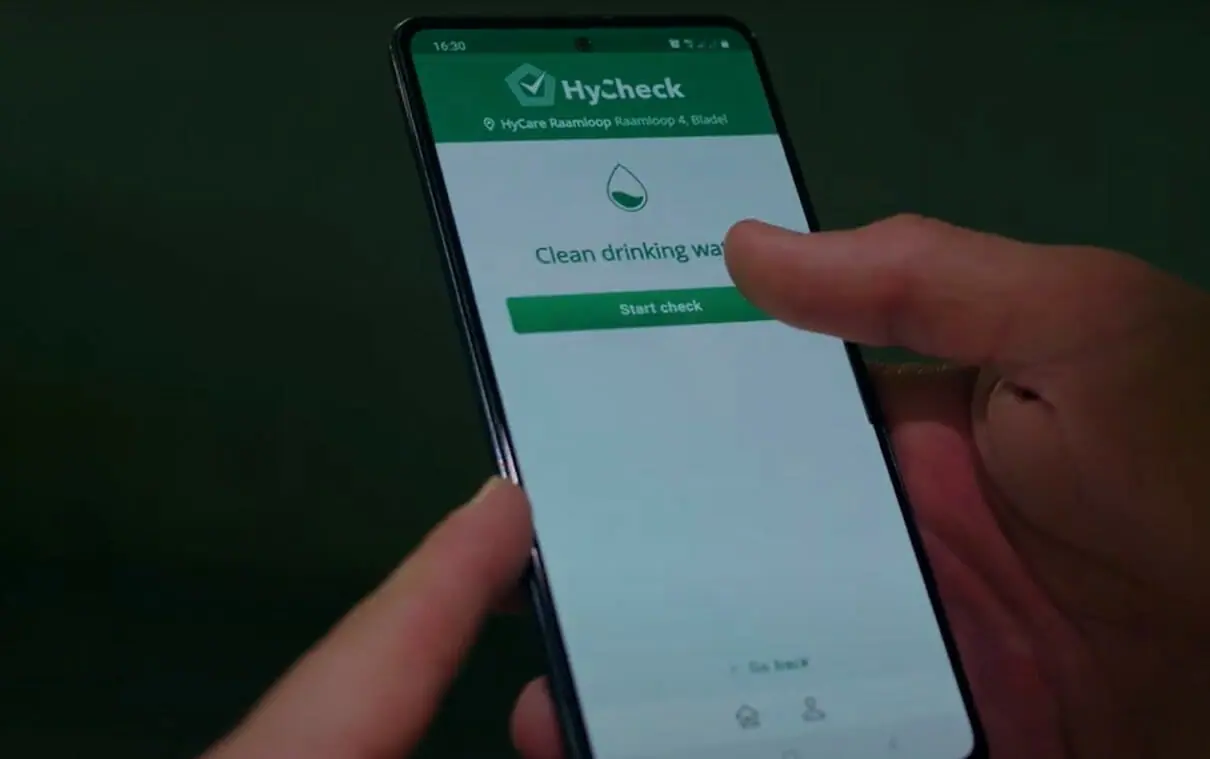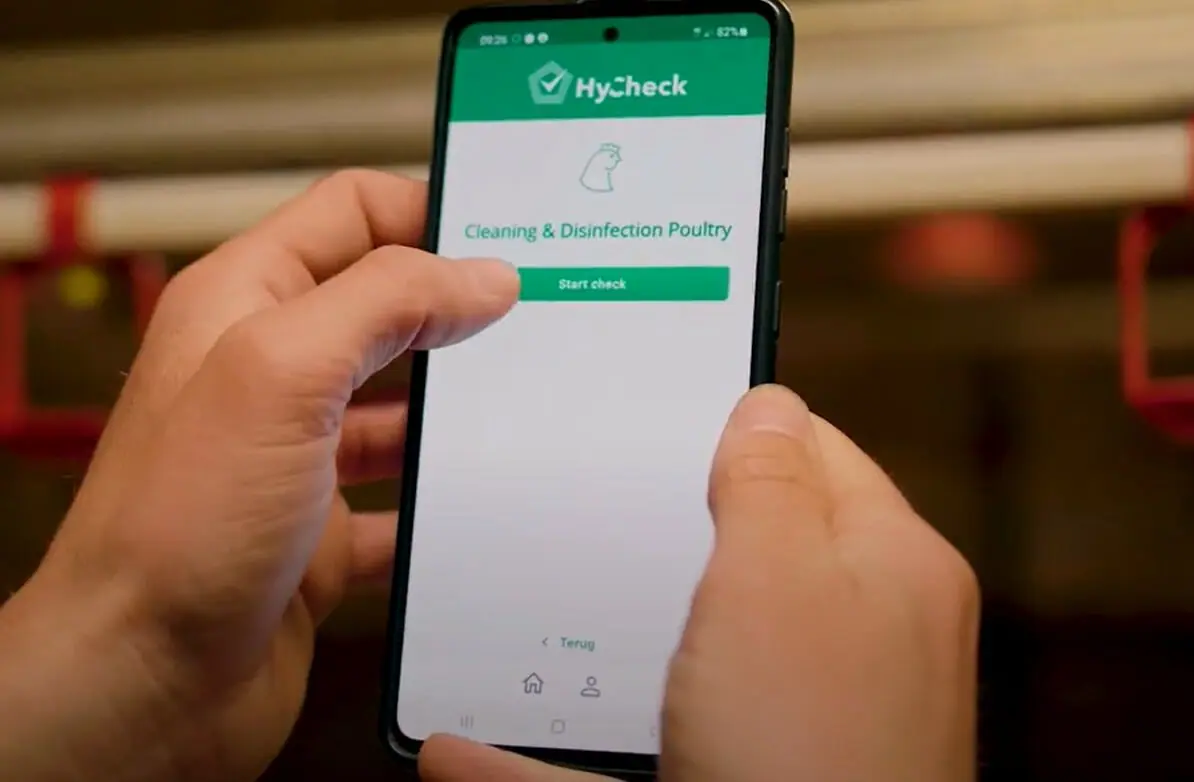Pore-free surfaces
If microorganisms in manure can settle in hard-to-reach places, a proper cleaning and disinfection process becomes impossible. The pathogens left in cracks, seams and pores will infect healthy animals in the next cycle, either by direct exposure to manure in the barn or indirectly by residual pathogens of the previous cycle. Creating an environment without cracks, seams and pores is therefore essential.
There are different materials that can be used for floors and walls in broiler houses. However, not all materials can provide a germ-free surface in between cycles.
Organic surfaces
Organic materials such as wood and chipboard panels absorb moisture, making them unsuitable for hygienically housing animals.
Cementitious surfaces
Concrete is one of the most often used materials in pig production companies. However, concrete is highly susceptible to the effects of all types of acids. Concrete can also become a source of pathogens, because it is a porous substance that often houses all sorts of microorganisms.
Coated surfaces
The perfect solution for creating pore-free surfaces in pigs production companies is to cover all concrete surfaces with a layer of synthetic material called ‘coating’. The application of coating on the floors and walls will;
- ensure that all pores, cracks and seams in these surfaces are sealed.
- make the cleaning process easier than ever because manure cannot adhere.
- allow you to use less energy for heating up a barn.
Our program for pore-free surfaces
Contact us
for more information
for more information
